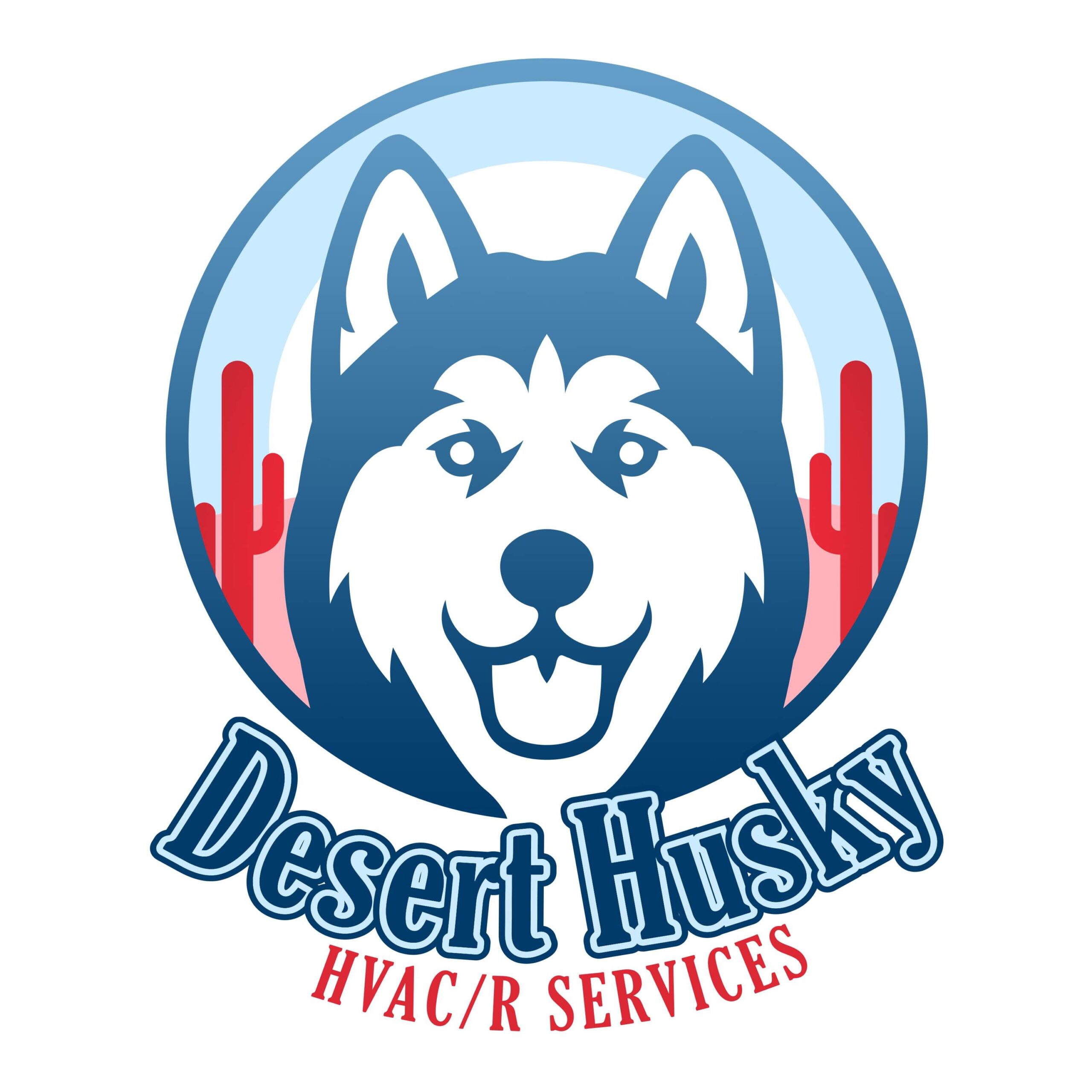
With ample maintenance, your air conditioner can run for 15 years or more. But even the most well-maintained air conditioner will need to be removed eventually.
When you’re starting to plan for air conditioning installation in Tucson and Phoenix, we realize that the price is at the top of your list of questions. The bright side is that getting a new air conditioner might be more reasonable than you realize, due to rebates, our special offers and financing for qualified customers. You’ll also receive better energy efficiency, which will typically pay off over its life span through less expensive electricity bills.
Here’s what to expect when you’re installing a new air conditioner.
When You Should Replace Your Air Conditioner
Knowing when to repair or replace your air conditioner can be difficult. Here’s what our pros suggest.
Replace
- Your air conditioner is older than 10 years old. While some may last longer, the majority of air conditioners last for around 15 years with routine maintenance. We suggest getting ready for air conditioning replacement near the 10-year age. Even if you install a new one when it’s only a decade old, the U.S. Department of Energy says this tweak could save you 20-40% on cooling expenses.
- You’ve neglected routine maintenance for too long. Similar to a car, your cooling system has to have routine air conditioning maintenance. Overlooking this essential service can cause decreased efficiency, more frequent repairs and even a decreased life span.
- Your air conditioner needs frequent or pricey repairs. Needing air conditioning repair is usually the result of not doing tune-ups But as your air conditioner gets older it’s more likely to experience a catastrophic problem. When repairs are greater than half the cost of a new air conditioner, it’s time to get a new one.
- Your home feels unpleasant. If your residence feels too muggy or you’re dealing with hot and cold spots in specific areas, your air conditioner could be having a hard time keeping up. This is a clue you need to replace it.
- Your cooling bills are high. Your air conditioner becomes less efficient as it ages. As a consequence, it could need to operate more repeatedly or longer to keep your residence at your desired temp. Newer air conditioners have the latest energy-efficient technology to keep your home comfy and energy bills low.
- Your air conditioner runs on R-22 refrigerant. If your air conditioner was replaced before 2010, there’s a high likelihood it uses Freon. Also known as R-22, this refrigerant is no longer being manufactured due to its bad effects on the environment. You can keep using your air conditioner, but if it were to experience a refrigerant leak, solving that would be extremely expensive. This is due to the fact R-22 is only available in limited, recycled portions.
Repair
- Your air conditioner is no more than 10 years old. If your air conditioner is newer, it’s best to repair it.
- Repairs aren’t needed all the time or reasonable. The smartest way to prevent unexpected repairs is to have yearly maintenance done. But when repairs are only needed every so often or are reasonable, repair your air conditioner.
- Your air conditioner is under warranty. Most air conditioners come with a 5- to 10-year limited warranty that often covers the compressor. Your exact warranty length depends on your manufacturer, but it provides valuable protection in the event of a huge failure. If your air conditioner is covered by warranty, we suggest fixing it.
Typical Air Conditioner Cost
The majority of homeowners spend around $4,631 on a new air conditioner, based on national averages compiled by HomeGuide. Air conditioner cost averages often range from $3,350 to $5,912, but your total cost {might|could|may] be lower or higher.
There are a couple of aspects that impact your total cost, like:
- The air conditioner model you install, since more energy-efficient ones are pricier.
- The size you need.
- If you need to put in new ductwork, which can be required if your ductwork is old or separated.
We give free estimates at Desert Husky HVAC/R Services so you can know you’re getting a great deal. And with our full range of air conditioners, there’s an energy-efficient model that works with just about any budget.
Air Conditioner Size
Air conditioner size is critical. A system that’s too little won’t be able to keep your residence cool. And one that’s too large could turn on and off too often, or short cycle. This action can drive up your cooling bill and wear your air conditioner out more quickly. This might also cause temperature variability and make your home feel less comfy.
At Desert Husky HVAC/R Services, our professionals have many years of experience in properly sizing and installing the right air conditioner for your home. The size you need depends on how large your residence is, in addition to several other things. Some of the most standard sizes include:
- 2 ton, which cools up to 1,000 square feet
- 3 ton, which cools up to 1,600 square feet
- 4 ton, which cools up to 1,900 square feet
- 5 ton, which cools more than 2,000 square feet
Other factors that can impact air conditioner size are:
- The climate in Tucson and Phoenix.
- Ductwork quality and age.
- How many windows you have and the style, as large or picture windows might be lower efficiency.
- If your residence receives more sun or shade.
- Insulation quality and concentration.
- How many people live in your home.
SEER Ratings
Your air conditioner’s efficiency is tied to its SEER, or Seasonal Energy Efficiency Rating. This number measures how proficiently it consumes electricity to create cooling. The bigger the number, the more efficient the air conditioner is.
When you’re getting a new air conditioner, it’s essential to realize:
- Older air conditioners are ranked around 8-9 SEER.
- Updated air conditioners start at 13 SEER. Ones installed in the southwest and southeast must be a minimum of 14 SEER due to U.S. Department of Energy requirements. As of 2017, these SEER rating requirements have saved homeowners trillions of dollars.
- ENERGY STAR®-certified air conditioners begin at 14.5 SEER.
- Higher SEER-rated air conditioners come with extra features to help you save more. These features may involve variable-speed cooling. Instead of going at full speed all the time, these air conditioners can reduce blower speeds customized for your cooling requirements. This results in quieter and more energy-efficient air conditioning. While an air conditioner with a higher SEER rating is often more expensive, it could be eligible for more rebates. And the energy savings over its lifetime may help it pay for itself.
Request a Free Quote for Your Air Conditioning Installation with Desert Husky HVAC/R Services Today
When you’re researching air conditioning replacement, the company who installs it is just as critical as the model you choose. Desert Husky HVAC/R Services is one of the top names for air conditioning installation in Tucson and Phoenix. From helping you find the right solution for your house to reviewing financing options to professional installation, collaborating with our pros is a breeze. Contact us at 520-416-5415 to get started today!
